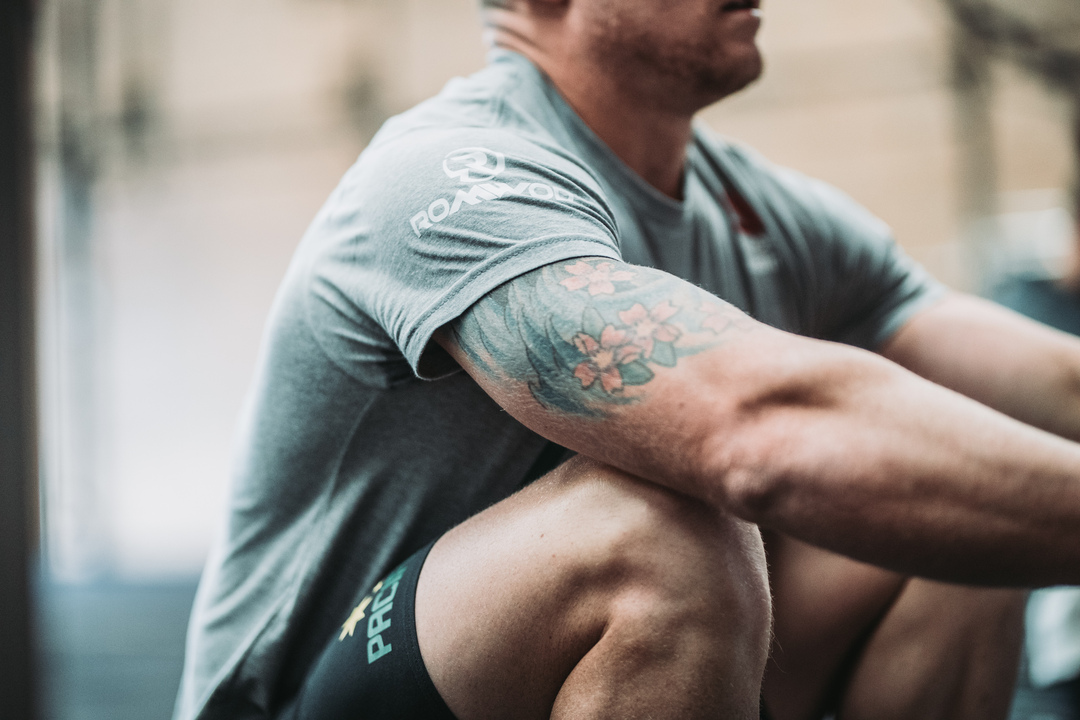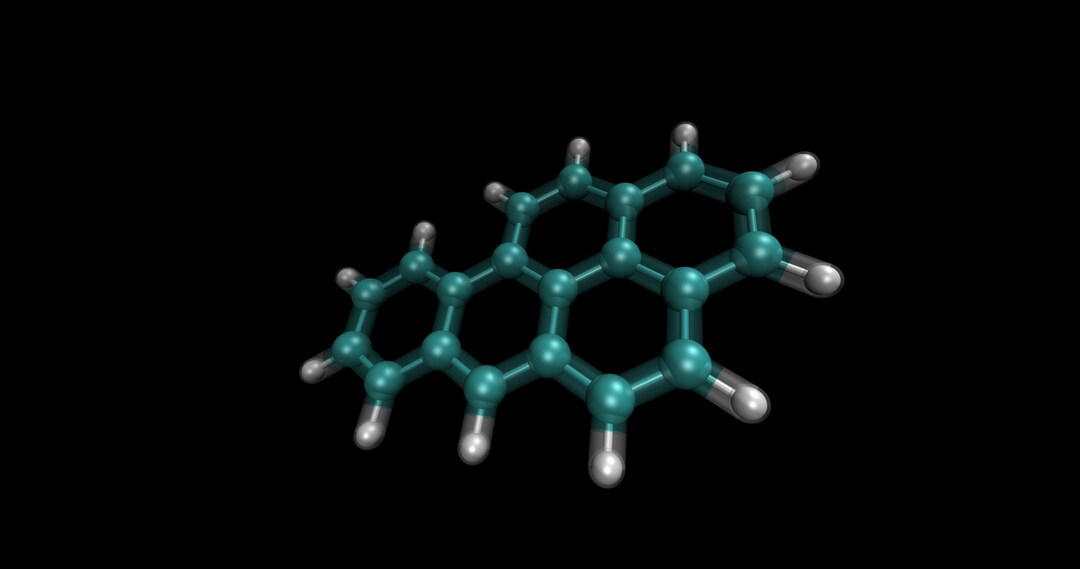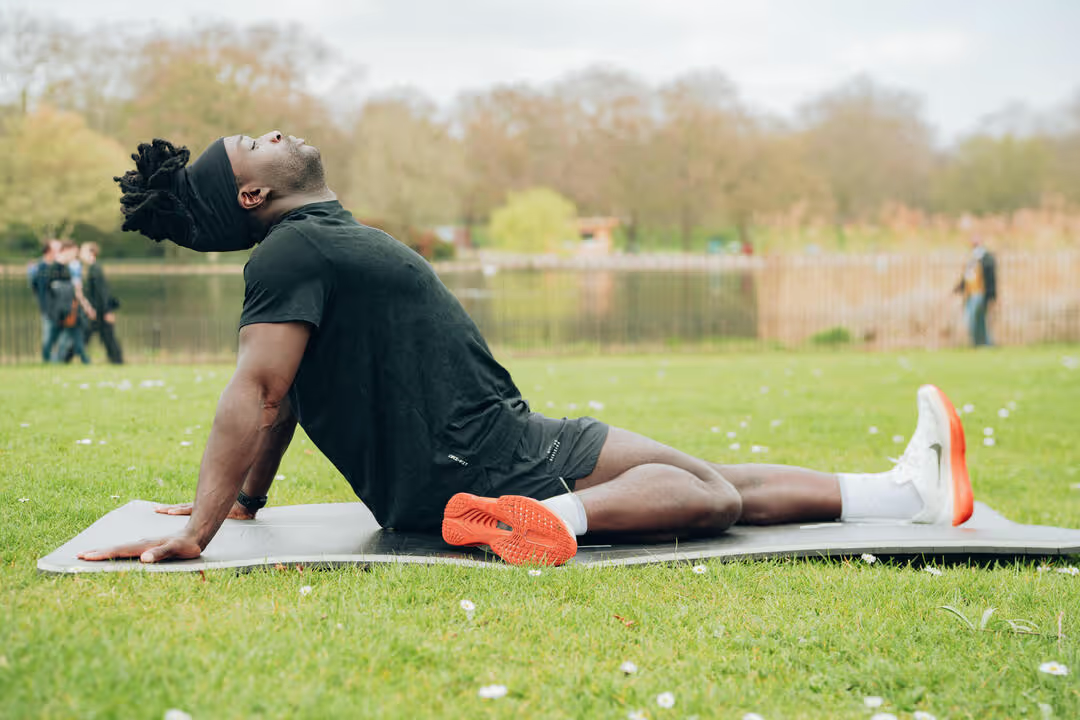After a grueling workout, there’s nothing worse than being sore the next day. Whether you call it muscle soreness, stiffness, or delayed onset muscle soreness (DOMS), it can stop you and interfere with your training goals. Unfortunately, there’s no way to avoid muscle soreness altogether. Instead, you want to find strategies to help you recover faster, so you can keep training and progressing. One way to do this is with magnesium. In this article, we’ll explore magnesium’s role in muscle recovery and answer the question, which magnesium is best for muscle recovery? Additionally, incorporating the best recovery tools for athletes can complement your recovery routine and help you bounce back more quickly.
Pliability’s mobility app is valuable for implementing a muscle recovery routine that includes magnesium. Improving muscle recovery will help reduce soreness, improve strength gains, and maximize performance.
Is Magnesium Good for Muscle Recovery?

The short answer is yes, magnesium is excellent for muscle recovery. A better question is why. We want to highlight a few mechanisms.
Reducing Post-Workout Inflammation: Magnesium’s Role in Muscle Recovery
After intense exercise, inflammation spikes as your body repairs damaged tissues. While this process is vital for recovery, magnesium can help reduce excessive inflammation and speed up
recovery times. Research shows that magnesium helps regulate cytokine production, proteins that signal inflammation.
By helping to manage a healthier inflammatory response, magnesium can:
- Reduce excessive swelling
- Alleviate delayed-onset muscle soreness (DOMS)
- Promote quicker recovery
Magnesium also helps regulate oxidative stress to prevent extensive cellular damage caused by free radicals.
Muscle Relaxation and Contraction: How Magnesium Aids Muscle Recovery
Magnesium is crucial in muscle relaxation, contraction, and overall recovery. When you exercise, microscopic tears occur in muscle fibers, which leads to soreness and stiffness. A significant contributor to this tension is improper muscle recovery.
Muscle Recovery and Relaxation
Magnesium helps manage muscle recovery by supporting the balance between contraction (driven by calcium) and relaxation in muscle fibers. It binds to muscle receptors to essentially "calm" overactive nerve signals. This not only eases cramps and spasms but also prevents further strain so that the muscles can heal effectively.
Flushing Out Lactic Acid Build-Up: Why Magnesium Matters Post-Workout
During high-intensity exercise, lactic acid builds up in muscle tissue as a byproduct of anaerobic respiration. This accumulation contributes to the burning sensation in your muscles as you work hard. Lactic acid build-up is uncomfortable and can limit performance and hinder recovery.
Magnesium can help flush out this waste. The mineral improves circulation and supports the enzymatic reactions that metabolize lactic acid, allowing faster return to peak performance.
Aiding Protein Synthesis for Muscle Repair: The Importance of Magnesium
Protein synthesis is the cornerstone of muscle repair. This process builds new muscle fibers to replace those damaged during exercise. But without ample magnesium, this process is delayed, and muscles are left vulnerable to stress and injury.
Magnesium activates amino acid chains and helps them integrate into protein structures. It also supports ribosome function, the cellular structures that drive protein synthesis.
Regulating Energy Production During Recovery: Magnesium’s Impact on Muscle Recovery
Muscle recovery is an energy-intensive process within the body, one that relies on ATP for storing and transferring energy in cells. Magnesium can help activate ATP and provide a steady energy supply to support cellular repair processes, from rebuilding muscle fibers to replenishing glycogen stores.
Because of these roles, researchers have considered magnesium a possible treatment for certain types of muscle pain.
A small study published in 2022 found that magnesium supplementation helped muscle soreness and functioning in college-aged athletes. In the randomized trial, participants took a placebo of 350 milligrams (mg) of magnesium daily for ten days. Compared to baseline, those taking magnesium had reduced muscle soreness and improved perceived exertion after post-treatment bench presses.
Other research shows that magnesium may also help alleviate pain from fibromyalgia, a chronic pain disorder that affects muscles and other tissues.
Related Reading
- What Is Active Recovery
- Why Is Recovery Important for Athletes
- Is Yoga Active Recovery
- Should You Be Sore After Every Workout
- Calves Sore After Running
- Which Muscles Recover the Fastest
- Why Are Ice Baths Good for Muscle Recovery
- What to Do on Recovery Days
- Why Is It Important to Include Recovery Time in a Workout Program?
- What to Drink for Muscle Recovery
Which Magnesium Is Best for Muscle Recovery

Regarding magnesium supplements, it’s clear that not all are created equal. Different types of magnesium have varying effects on the body, especially regarding muscle recovery. Learning the differences between the various magnesium supplements can help you pinpoint the best one for your recovery needs.
Magnesium Chloride: The Absorption Champion
Bioavailability is the game's name for magnesium for muscle recovery. This speaks to how easily your body can uptake the mineral and put it to use. Magnesium chloride is as good as it gets on this front. Its superior absorption rate allows it to enter cells quickly, where it can:
- Support relaxation
- Reduce inflammation
- Replenish depleted magnesium levels after exercise
While it’s a bit more expensive than other types of magnesium, you get what you pay for.
Magnesium Glycinate: The Gentle Giant
Magnesium glycinate combines magnesium with glycine, an amino acid known for its calming properties. This form is gentle on the stomach, which is noteworthy given all the side effects of oral intake.
Glycine also supports muscle repair and recovery by promoting protein synthesis, while magnesium itself aids in reducing muscle tension and cramping. It’s a one-two punch for muscle recovery.
Magnesium Citrate: The Affordable Option
Those looking for the most affordable magnesium muscle recovery solution will be drawn to magnesium citrate. It’s widely available and still has a decent absorption rate, albeit much lower than magnesium chloride. It’s especially beneficial for removing lactic acid build-up after intense exercise and calming the soreness that comes with it. Just be advised it’s notorious for having laxative effects.
Transdermal Magnesium: The Topical Alternative
An option gaining substantial popularity in the sporting and fitness community is replenishing magnesium using topical products. Transdermal products such as bath salts, lotions, and sprays allow magnesium to be absorbed instantly into the skin for immediate assimilation by the muscles.
This is an excellent choice, particularly for those without long-term magnesium deficiency who wish to aid muscle recovery solely after intensive sports and exercise.
Magnesium Sulphate: The Old-School Workhorse
Epsom salt, also known as magnesium sulfate, is a well-known option for magnesium supplementation. Dissolving Epsom salt in a warm bath creates a magnesium-rich soak, which some individuals find beneficial for muscle and joint pain relief.
Dual Recovery Benefits
Bathing in magnesium salts supports muscle recovery on two levels. It efficiently utilizes the dual benefits of immersive heat therapy and replenishes depleted magnesium stores from exercise-induced electrolyte loss. This is why Epsom salts are an essential bathroom and locker-room staple for many professional athletes and dancers.
Epsom salts are widely accessible from pharmacies, and magnesium bath flakes are readily available online.
Magnesium Recovery Sprays and Lotions
Increasingly, some athletes have made a topical magnesium spray or lotion part of their sports kit, utilizing it for efficient assimilation into the bloodstream and effectively negating the effects of muscle strain and tension after exercise. As with magnesium salt baths, this method immediately replenishes the body, but with the added time-saving convenience and portability of the product.
Targeted Magnesium
Using a topical magnesium product is particularly beneficial for those undergoing intensive weight training, such as bodybuilders, and those undertaking sports involving short periods of sprinting. Both activities tend to cause shortening and bulking of the muscles, which causes heightened stress to them.
Combating Muscle Strain
Replenishing magnesium can help negate soreness and tightness associated with intensive muscle stress. Topical sprays and lotions can be used daily, particularly before bed or after workouts. The key is to remain consistent no matter which method you use. Magnesium must be constantly available for your body to use and avoid the consequences of deficiency.
Related Reading
- Natural Muscle Recovery
- Is Sauna Good for Muscle Recovery
- Is Swimming Good for Recovery
- Benefits of Active Recovery
- How to Speed Up Muscle Recovery
- Active Recovery vs Rest Day
- Active vs Passive Recovery
- Recovery Methods for Athletes
- How to Speed Up Muscle Strain Recovery
- Muscle Recovery Time by Age
9 More Ways to Support the Muscle Recovery Process

1. Nourish Your Body with Recovery-Friendly Nutrients
We’ve covered everything you need about the magnesium muscle recovery connection. Still, we want to share a few other ways to enhance your body’s recovery process before wrapping things up:
Other Important Nutrients
Protein aids in muscle repair, while omega-3 fatty acids reduce inflammation. Vitamins like C and D play a role in tissue recovery, and zinc helps with cellular repair and growth. Each is essential for a timely, complete recovery.
2. Fuel Right Before and After Workouts
Your body needs protein to repair muscles, carbohydrates to fuel your next workout, and healthy fats to lubricate your joints. So it’s essential to fuel up both before and after a workout. Eat a bowl of quinoa with steamed vegetables and chicken or nosh on a slice of peanut butter toast and an apple pre- or post-workout. The key is not to go hungry!
3. Hydration and Electrolyte Replenishment: Get Your Fluids
Regarding muscle recovery, dehydration is one of your biggest enemies. To flush damaged muscle, you need fluids. A good rule of thumb is to gulp 8 ounces of water every 15 to 30 minutes of exercise. Drink plenty of water infused with potassium, sodium, and calcium. Skip this vital step, and your soreness will feel more intense and last longer.
Try this: Step on a scale before and after your workout. Did you lose weight? Drink 8 ounces of water for every lost pound.
4. Warm Up: Prepare Your Muscles for Recovery
Take 10 to 15 minutes to stretch out your muscles before a workout. Do some stretching exercises followed by easy aerobic activity (a slow jog or a brisk walk). This will help get good blood flow to the muscles you’re training that day.
The muscles should feel warm, especially when running in cold weather. This strategy will prevent injury and prime your muscles for rebuilding post-activity.
5. Cool Down: Ease Your Body Back to Rest
Reverse the order of your warmup, and you’ll have a solid cooldown. Taking time to slow your workout, rather than just stopping cold turkey, can help prevent fluid from pooling in the muscles and joints. Plus, if your heart is pumping, a 10- to 15-minute cooldown will help your breathing return to normal.
6. Get a Rubdown: Massage Your Sore Muscles
Massaging a sore muscle can help release tightness. Working through the knots helps the muscle relax. It also sends blood flow to the area and pushes pooled fluid out of the body, which helps speed recovery. A bonus: It feels good!
7. Roll It Out: Use a Foam Roller
Using a foam roller (a long, cylinder-like tool) increases blood flow to your muscles through applied pressure. Think of it as a cheap way to give yourself a deep tissue massage. By slowly rolling over areas of tension, you can help release tight muscles and speed up the healing and recovery process.
After your workout, use a foam roller 10 to 15 minutes before stretching exercises. When the muscle is more relaxed, you can pull it further than if it’s still contracted.
8. Keep Moving: Get Active to Reduce Soreness
Exercise may be a bad idea when your muscles are already suffering. Still, research confirms that light activity helps keep the blood circulating and speeds up the body’s ability to drain waste and chemicals linked with muscle aches. If you’re more comfortable sitting on the sidelines than running a marathon, expect some muscle soreness when you start a new exercise regimen.
Distinguishing Soreness from Injury
But don’t let achy muscles scare you. It’s perfectly normal to experience muscle soreness when you’re just starting. But over time, your body will adapt and build stronger muscles, so you’ll get sore less often. Knowing the difference between run-of-the-mill muscle soreness and an overuse injury is essential.
If you can’t flex and extend your limbs without pain after a few days, you may have an injury and should call your doctor.
9. Stretching and Mobility Exercises: Improve Flexibility
Dynamic stretches post-exercise improve flexibility, reduce stiffness, and increase muscle blood flow. Foam rolling and a professional massage can also help release tension.
10. Rest and Sleep: Don’t Forget About Recovery
Sleep is when your body does most of its recovery work. Get 7-9 hours of quality sleep to optimize muscle repair and energy restoration.
Related Reading
- Hot or Cold Bath for Muscle Recovery
- Benefits of Massage Gun
- Foam Roller Benefits
- Chocolate Milk for Muscle Recovery
- How to Speed Up Muscle Strain Recovery in Back
- Causes of Poor Muscle Recovery
- Active Recovery Workout
- Active Recovery Stretches
- Best Recovery Tools for Runners
- Best Vitamins for Muscle Recovery
- Best Foods for Muscle Recovery
- Workout Recovery Tools
Improve Your Flexibility with Our Mobility App Today | Get 7 Days for Free on Any Platform
Pliability offers a fresh take on yoga, tailored for performance-oriented individuals and athletes. Our app features a vast library of high-quality videos designed to:
- Improve flexibility
- Aid recovery
- Reduce pain
- Enhance range of motion
AI-Driven Programs for Enhanced Movement
Pliability provides daily-updated custom mobility programs for those interested in optimizing their health and fitness. It also includes a unique body-scanning feature to pinpoint mobility issues. If you're feeling limited by pain or ability to move, Pliability aims to complement your fitness routine and help you move better.
Sign up today for 7 days free on iPhone, iPad, Android, or our website to use our mobility app to improve flexibility, aid recovery, reduce pain, and enhance range of motion.








